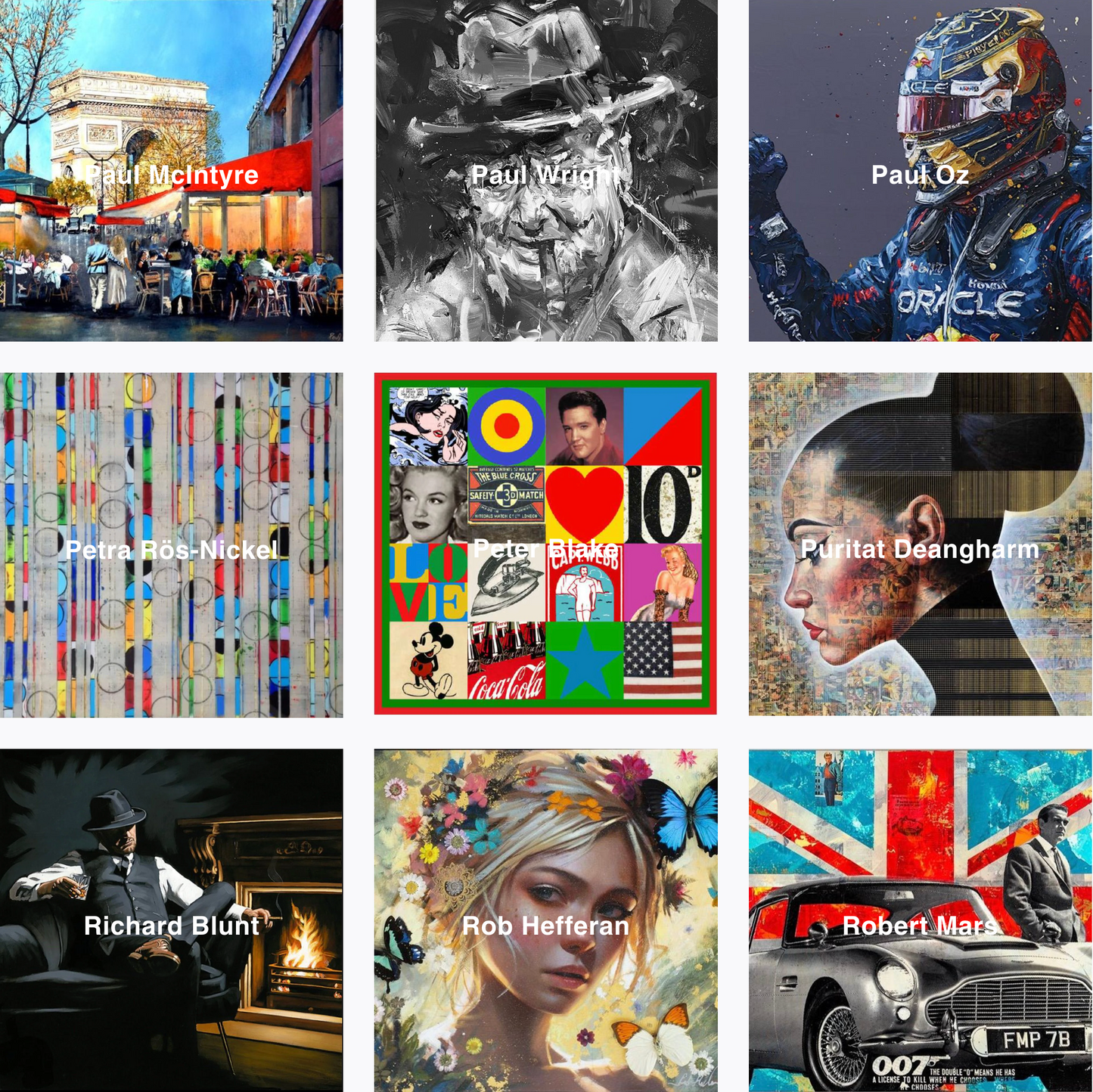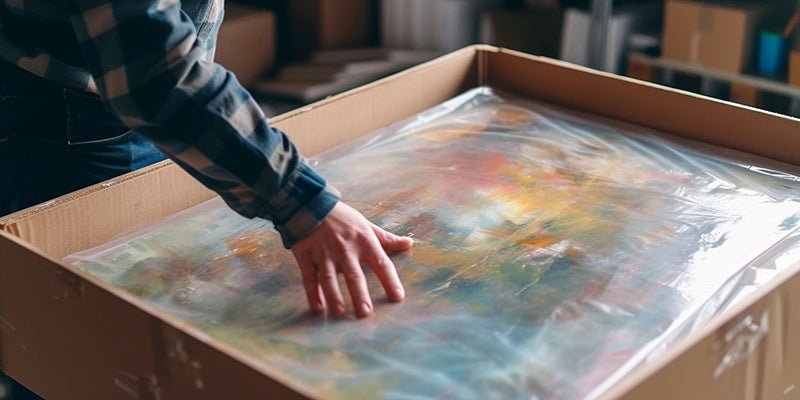Sandra Blow
Pioneer of British Abstract Art
Sandra Blow (1925-2006) is recognised as one of the leading figures in British abstract art. Her career, spanning over 75 years, marked a shift towards expressive, large-scale compositions that incorporated everyday and discarded materials like sawdust, plaster, torn paper, and cut-out canvas strips. These innovative choices introduced a raw, organic quality to her works, promoting a sense of expansiveness and dynamism that made Blow a trailblazer of abstraction in the 1950s.
Blow’s works often feature simple, geometric shapes and surfaces with a tactile, hands-on approach, reflecting her fascination with material and texture. As she responded to the changing moods of her time, her colour palette became lighter and more joyful during the optimism of the 1960s, introducing bold and bright hues into her abstract compositions. She believed that abstract art was not confined to galleries but also influenced broader cultural arenas like fashion, architecture, and design.
Early Life and Education
Blow was born in London, the daughter of a Kent fruit farmer, and began her artistic journey at Central St Martin's School of Art in 1940. After World War II, she studied at the Royal Academy Schools and then travelled to Italy in 1947, where she met Italian painter Alberto Burri. His use of unconventional materials deeply influenced Blow's future work.
Rise to Prominence
Blow’s career took off when her first painting was purchased by Roland Penrose, a prominent British artist and founder of the Institute of Contemporary Arts. She soon joined Gimpel Fils, a leading gallery that showcased her work in solo exhibitions throughout the 1950s and 60s, including her debut in New York.
In 1957, Blow exhibited in the first John Moores exhibition in Liverpool, and a year later, she was featured in the Venice Biennale. By 1960, she had won the International Guggenheim Award, and the following year took second prize at the John Moores exhibition in Liverpool’s Walker Art Gallery.
Teaching and Influence
Blow returned to London in 1961 and became a tutor at the Royal College of Art, where she taught for fourteen years, influencing students such as David Hockney and Patrick Caulfield. Her dedication to education was acknowledged when she was made an honorary fellow of the college in 1973.
Blow was elected a Royal Academician in 1978, and her work was exhibited in every Royal Academy Summer Exhibition for decades. She also had a retrospective at the Sackler Gallery in 1994.
Legacy and Continued Influence
Blow's work is represented in numerous significant collections worldwide, including Tate Britain, the Victoria and Albert Museum, the Museum of Modern Art (New York), and the National Gallery of Victoria (Melbourne). Her pioneering approach to collage and material exploration left a lasting imprint on British art, and she continued pushing boundaries with innovative printmaking techniques that incorporated Hessian, film, and cloth, blurring the lines between painting and sculpture.
Sandra Blow’s profound influence continues to resonate in the world of abstract art, inspiring new generations of artists with her fearless exploration of texture, form, and colour. We are privileged to show here online at watergate.art













